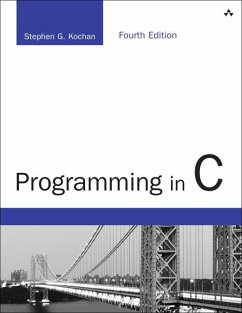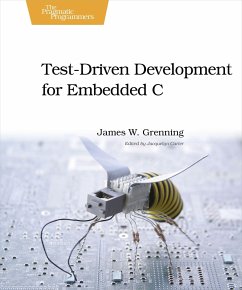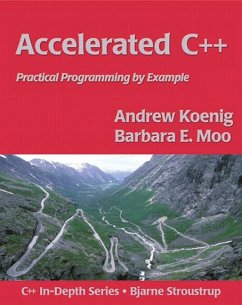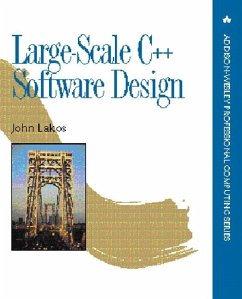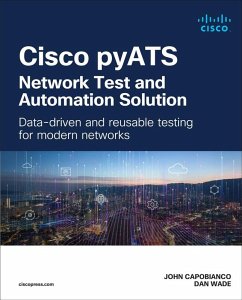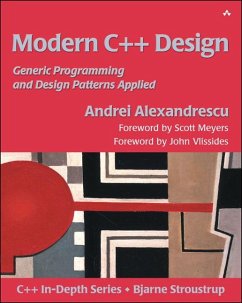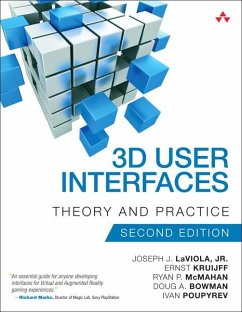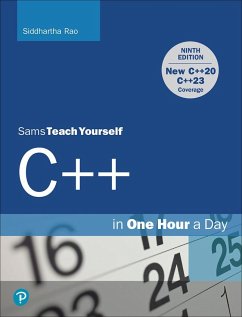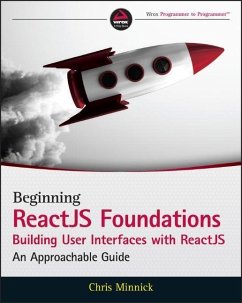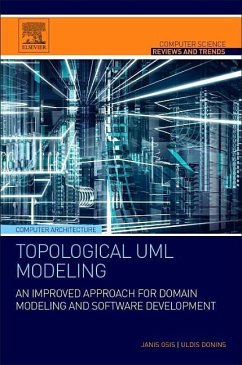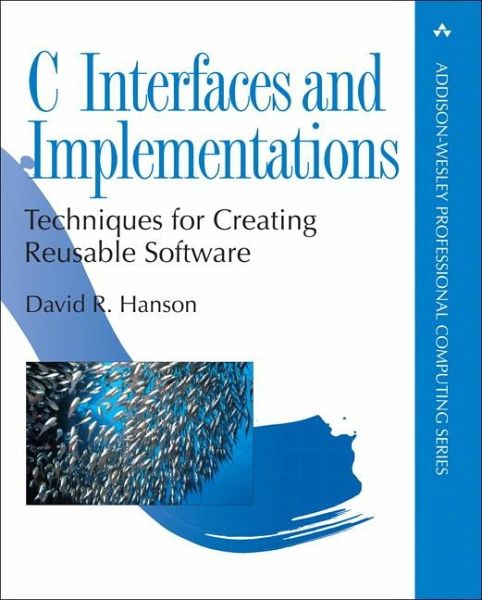
C Interfaces and Implementations: Techniques for Creating Reusable Software
Versandkostenfrei!
Versandfertig in 1-2 Wochen
34,99 €
inkl. MwSt.

PAYBACK Punkte
17 °P sammeln!
Every programmer and software project manager must master the art of creating reusable software modules; they are the building blocks of large, reliable applications. Unlike some modern object-oriented languages, C provides little linguistic support or motivation for creating reusable application programming interfaces (APIs). While most C programmers use APIs and the libraries that implement them in almost every application they write, relatively few programmers create and disseminate new, widely applicable APIs. C Interfaces and Implementations shows how to create reusable APIs using interface-based design, a language-independent methodology that separates interfaces from their implementations. This methodology is explained by example. The author describes in detail 24 interfaces and their implementations, providing the reader with a thorough understanding of this design approach.



